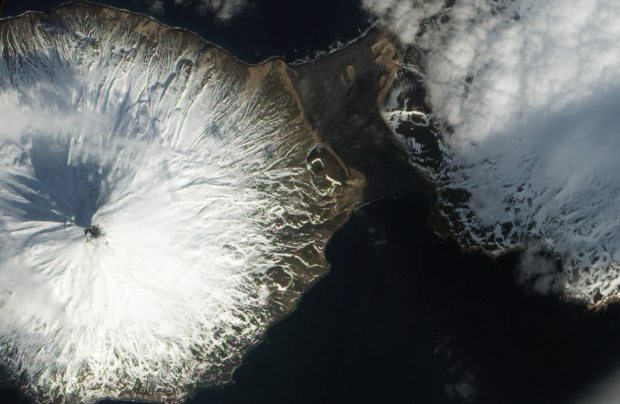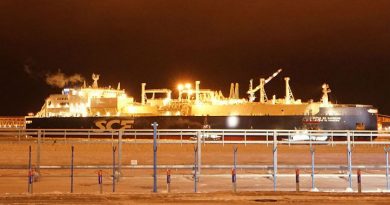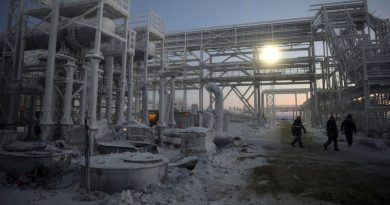Active and remote: Cleveland volcano now ready for prime time

More than 940 miles southwest of Anchorage, in a remote Aleutian Island chain, Mount Cleveland is one of Alaska’s most active and, until recently, least-observed volcanoes.
Thanks to help from the National Science Foundation, geologists at the Alaska Volcano Observatory were finally able to install webcams, seismometers and infrasound detectors on Chugunadak Island, where Cleveland’s symmetrical shape dominates the landscape.
A so-called stratovolcano — because it is cone-shaped and built of many layers of ash, gravel and pumice — Cleveland has been in an almost constant state of eruption since 2006, according to AVO geologist Tina Neal. But it is so remote — an 18-hour boat trip from Dutch Harbor — that Alaska scientists have been unable to station scientific gear on the volcano, instead relying on passing fishing vessels, satellite pictures and even a worldwide lightning tracking network to know when the volcano is a particularly eruptive mood.
Understanding its mood
“We have had a webcam in the village of Nikolski (48 miles northeast of Cleveland Volcano) for several years, but it is often obscured by fog,” Neal said.
An NSF trip to the volcano this summer aboard an 86-foot research vessel equipped with a helipad and helicopter enabled AVO scientists to install two monitoring stations — the first time, scientists believe, modern geological equipment has ever been in place at Mount Cleveland. Neal said the stations — one on the volcano’s southeast base and another nine miles east of the summit — will enable geologists to better understand when Mount Cleveland is erupting and what potential hazards the eruptions might cause passing airplanes and boats.
“Fundamentally, we don’t know why Cleveland is so active,” Neal said. “It must have a very open and well-fed magma plumbing system.”
Contact Sean Doogan at sean@alaskadispatch.com.
Related stories from around the North:
Iceland: Arctic satellite image of the week |Bárðarbunga: of lava lakes and reservoirs, Cryopolitics blog
Russia: Russian volcano erupts, prompts airspace warnings in Alaska’s Western Aleutians, Alaska Dispatch



